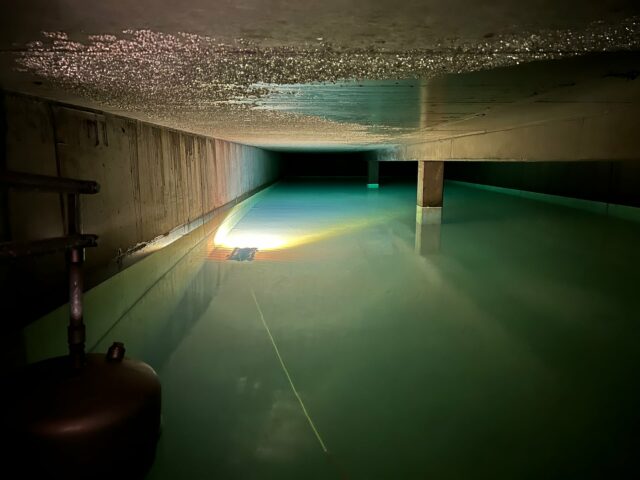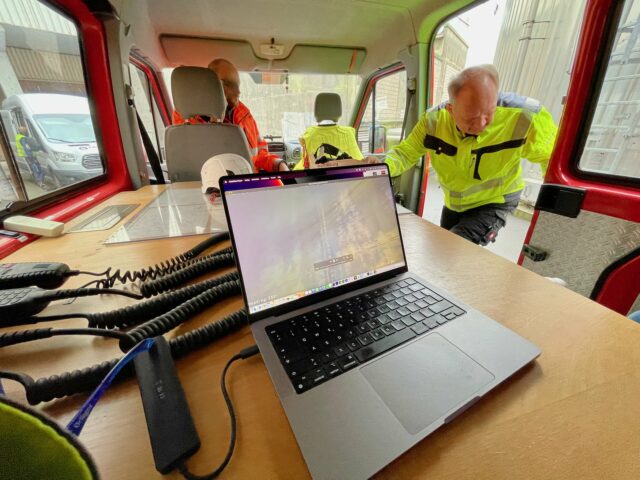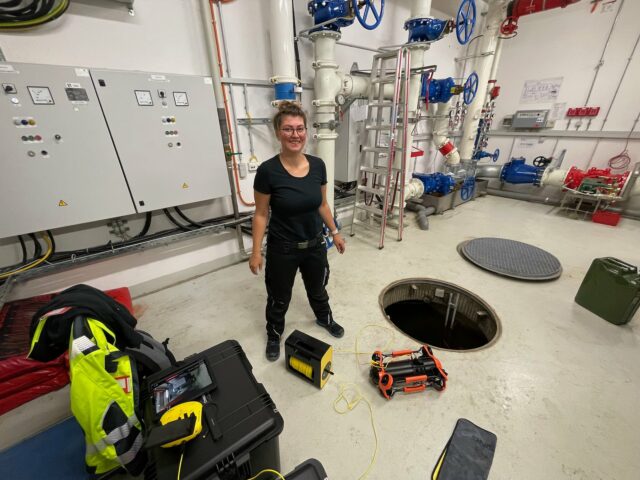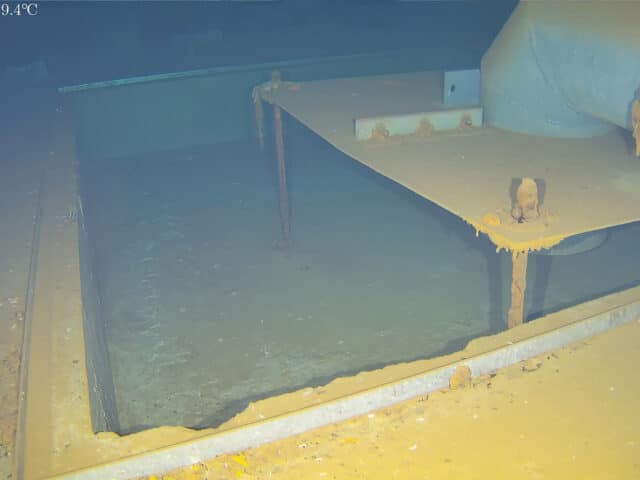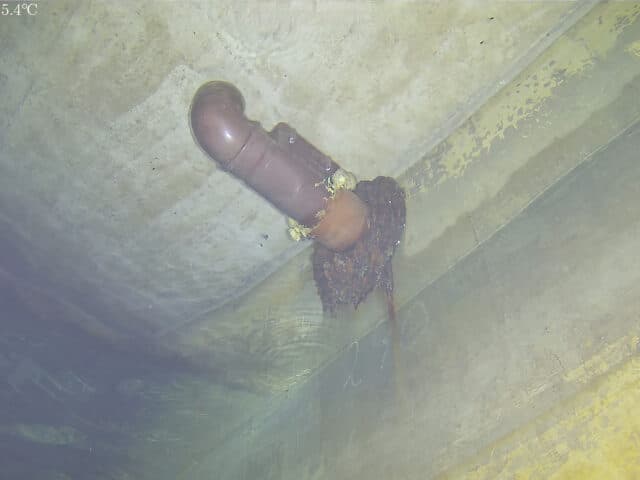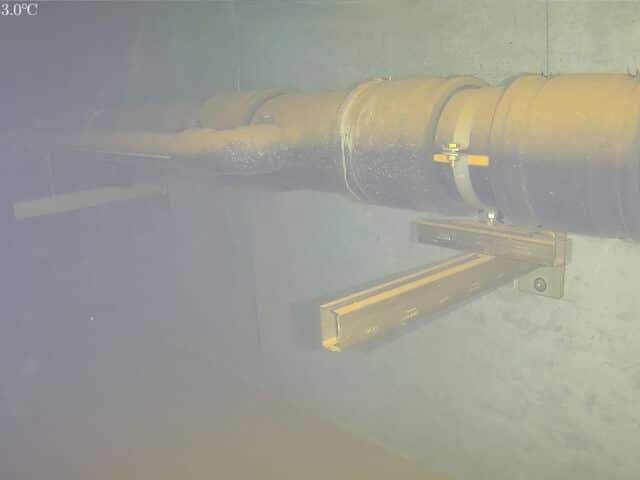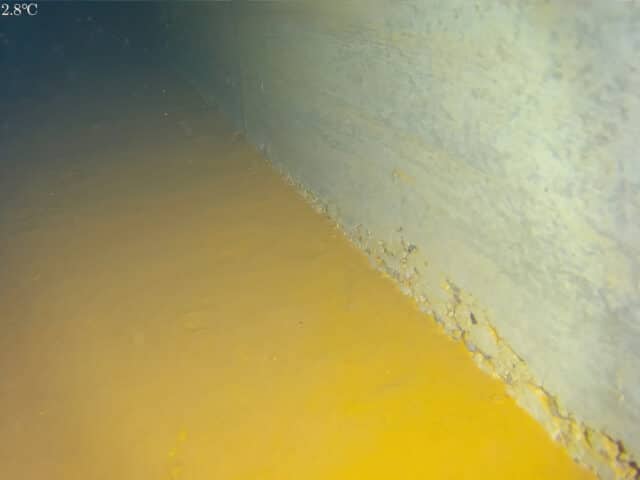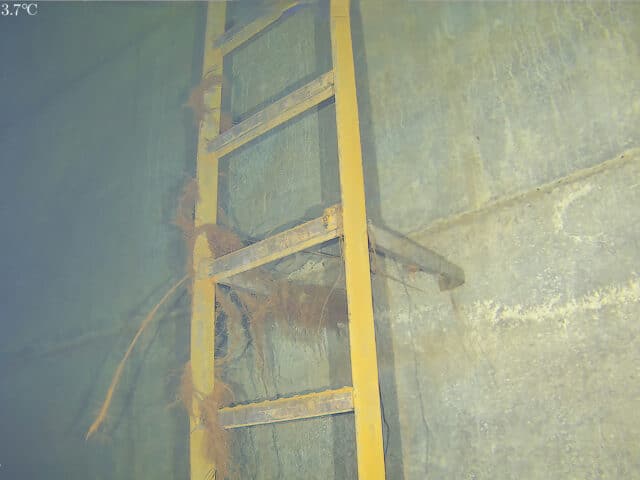Fast and Cost-Effective Sprinkler Tank Inspections with Micro ROVs
- No need to drain the tank: Traditional inspection methods require the tank to be drained. ROV inspection can be done while the tank is still full.
- Improved safety: Since ROVs are remotely operated, there is no need for personnel to access the tank
- More accurate and comprehensive data: ROV inspections provide high-quality visual data that is more detailed and comprehensive than traditional methods.
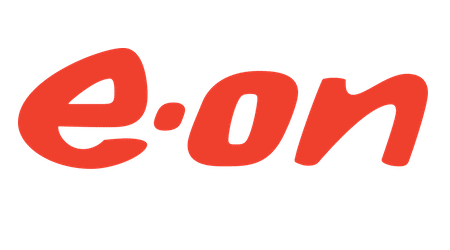



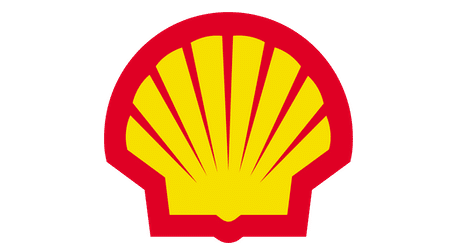
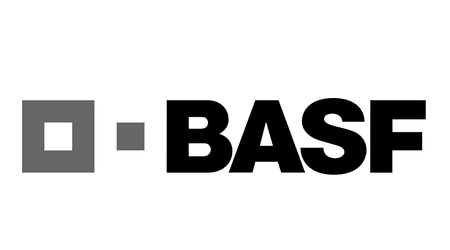
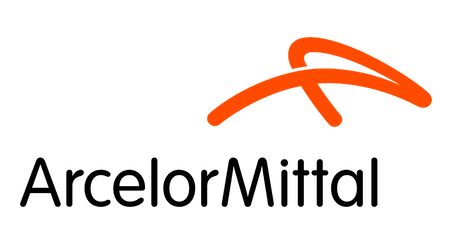
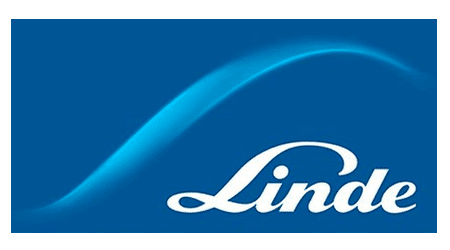

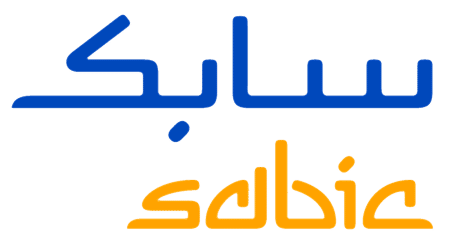
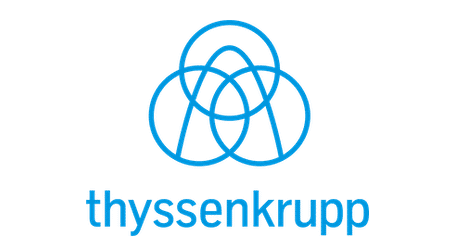

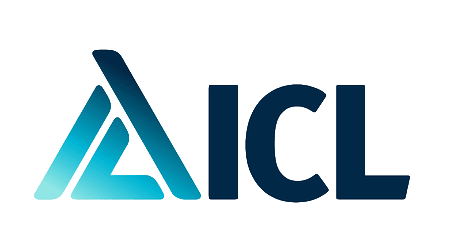
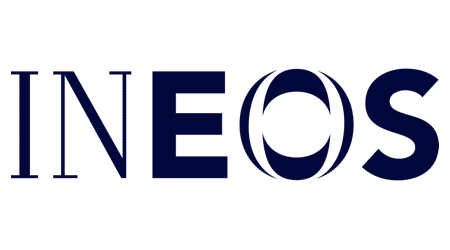
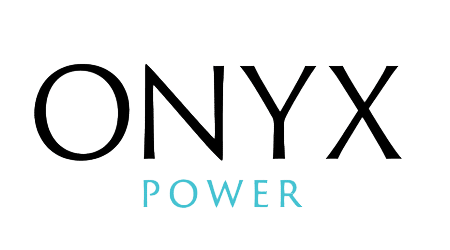
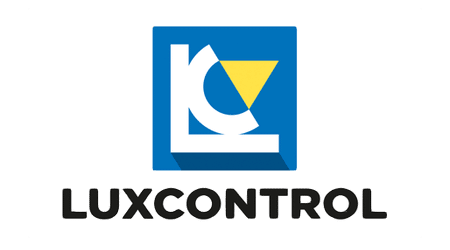
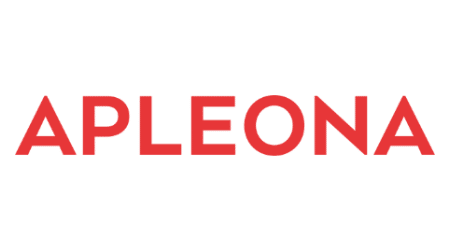
Maximizing Fire Tank Safety with Underwater Drones
- High costs: Traditional inspection methods often require the tank to be drained, which can be time-consuming and expensive. This can result in lost productivity and increased maintenance costs.
- Health and safety risks: Draining a tank can pose health and safety risks for workers, especially if confined spaces have to be accessed.
- System downtime: When a tank is drained, the sprinkler system may need to be shut down, which can leave the building vulnerable to fire damage.
- Inaccurate inspections: Traditional inspections may not be as thorough or accurate as inspections conducted with modern technology, such as underwater drones. This can lead to missed defects or potential failures in the system.
- Environmental impact: Draining a tank can have a negative impact on the environment, particularly if the water is contaminated and needs to be disposed of properly.
What are Underwater Drones / Micro ROVs?
A Micro ROV, or a miniature remotely operated vehicle, is a small underwater robot designed for inspecting and exploring hard-to-reach areas in underwater environments. It is equipped with high-quality cameras, lights, and sensors, which allow it to capture high-definition images and videos of the underwater environment.
Micro ROVs are commonly used in a variety of industries, including oil and gas, renewable energy, aquaculture, and marine research. In the oil and gas industry, Micro ROVs are used for pipeline inspection, subsea asset maintenance, and decommissioning activities. In renewable energy, they are used for the inspection and maintenance of offshore wind turbines. In aquaculture, they are used for monitoring fish populations and observing fish behavior. In marine research, Micro ROVs are used for conducting surveys of underwater ecosystems and studying marine life.
One of the main advantages of using Micro ROVs is their small size and maneuverability, which allows them to access tight spaces and navigate through complex underwater structures. This makes them an ideal tool for inspecting pipelines, offshore platforms, and other subsea structures that are difficult to reach with larger ROVs or divers.
Another advantage of Micro ROVs is their cost-effectiveness. Compared to larger ROVs, Micro ROVs are less expensive to operate and maintain. They also require less equipment and personnel to operate, making them a more efficient and practical option for smaller projects or tight budgets.
In conclusion, Micro ROVs are a versatile and valuable tool for exploring and inspecting underwater environments. They offer an efficient and cost-effective solution for a wide range of industries and applications, providing high-quality data and imagery that can help improve safety, reduce costs, and increase efficiency in underwater operations.
Why Underwaterdrones are the Best Choice for Sprinkler Tank Inspection and Maintenance
- Cost-effective: Using a micro ROV for tank inspection is typically less expensive than hiring professional divers or draining the tank. This is because divers require specialized equipment and training, and draining the tank can be time-consuming and and water actually cost a lot of money.
- Non-disruptive: Micro ROVs can be used to inspect tanks without disrupting operations or interrupting the water supply. This means that tanks can be inspected regularly without the need to take them out of service or shut down the building.
- Increased safety: Using micro ROVs eliminates the need for human divers to enter the tank, which can be a hazardous and potentially life-threatening task. ROVs can also operate in hazardous environments or in areas with poor visibility, without putting human divers at risk.
- High-quality data: Micro ROVs can capture high-quality video and images of the tank’s interior, providing detailed information about the condition of the tank. This data can be used to assess the tank’s structural integrity and identify any defects or damage that may require repair.
- Time-efficient: Inspecting a tank with a micro ROV can be completed quickly, often within a matter of hours, whereas draining the tank or using divers can take several days. This means that tank inspections can be carried out more frequently, allowing for early detection of any issues and prompt repairs, reducing the risk of equipment failure and potential downtime.
Experience the Benefits of ROV Inspection for Fire Water Tanks
Are you tired of the traditional and costly methods of inspecting and maintaining your fire water tanks? Look no further than our ROV inspection services. Experience the many benefits that come with our innovative approach, such as increased efficiency, accuracy, and safety. Our trained professionals utilize state-of-the-art equipment to provide thorough inspections without the need for draining the tank or putting employees in harm’s way. Don’t wait until it’s too late – ensure the effectiveness of your fire protection system by contacting us today to schedule an ROV inspection for your fire water tank.
Request a Quote
Frequently Asked Questions
Our Inspection Experts

CEO

CEO & Founder
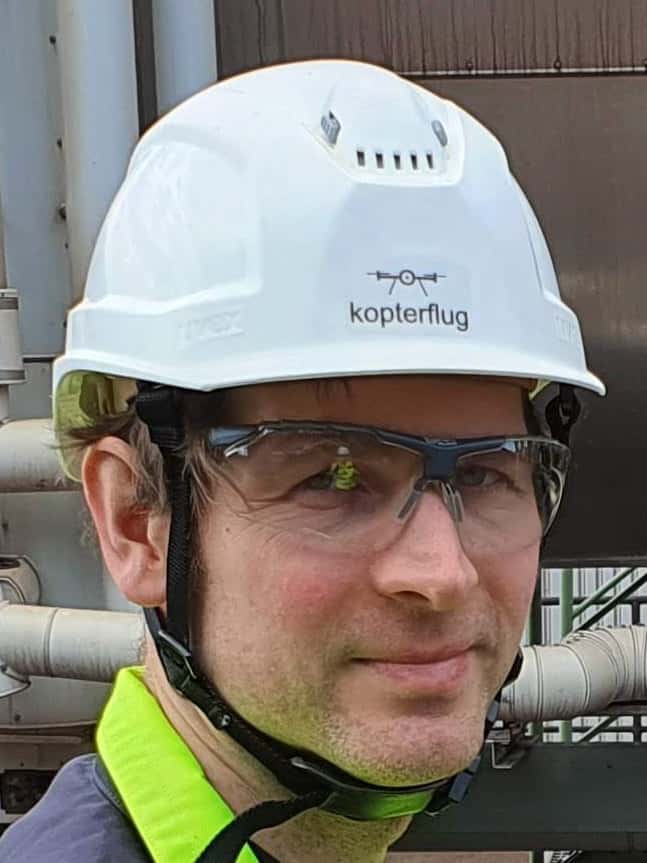
Philipp
CFO & co-owner
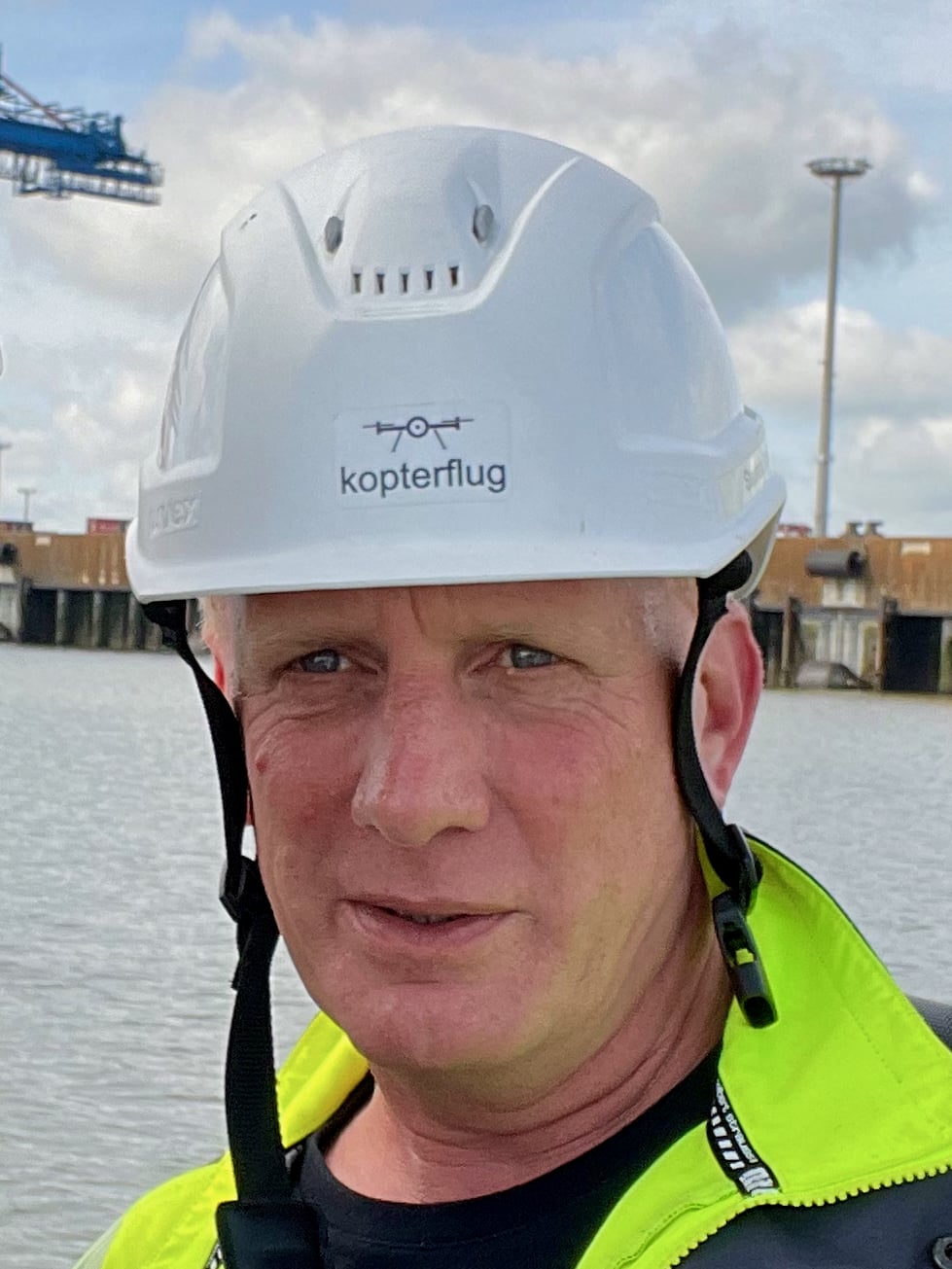
Stephan
Operations
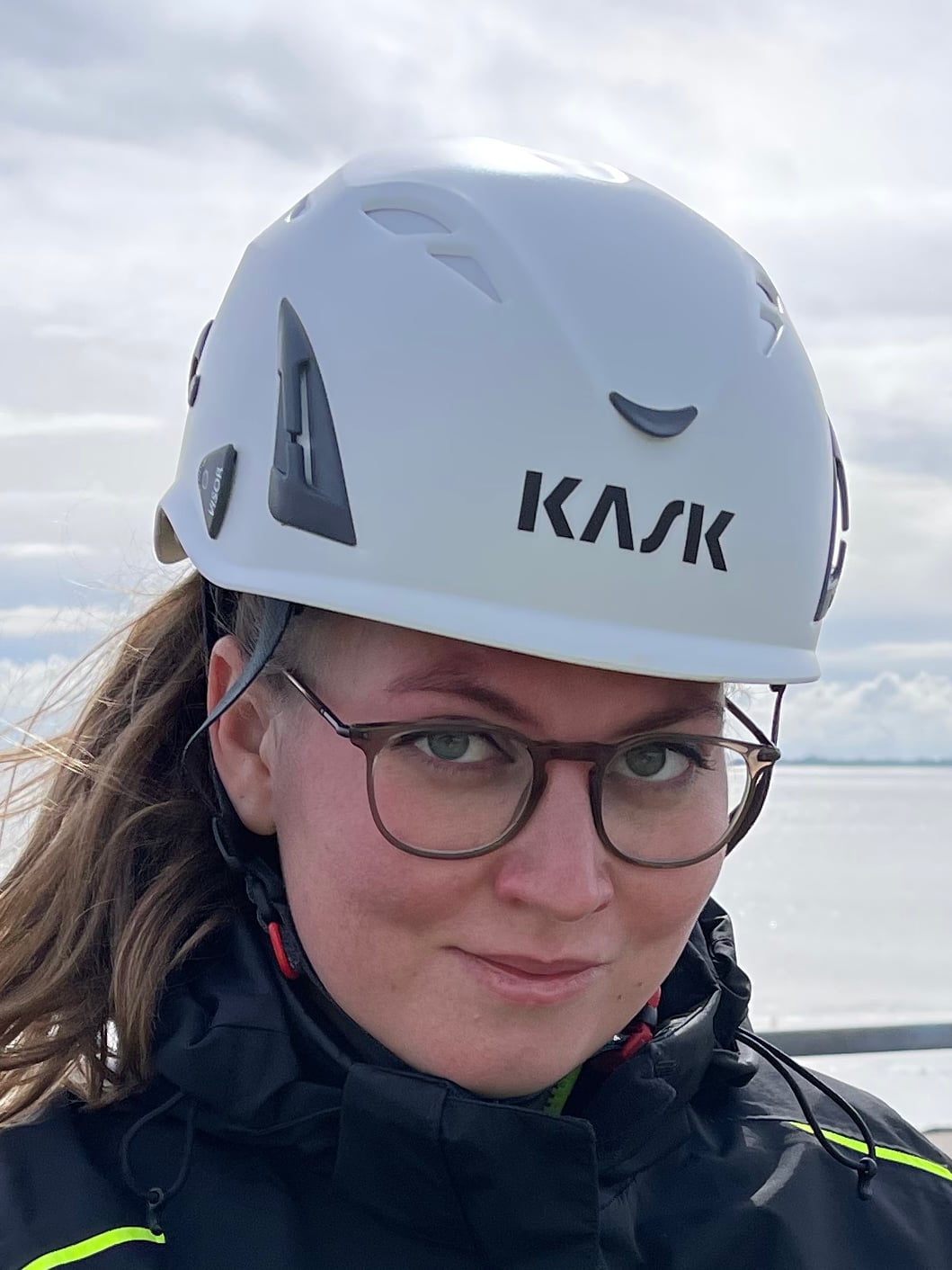
Juliana
Maritime Specialist

